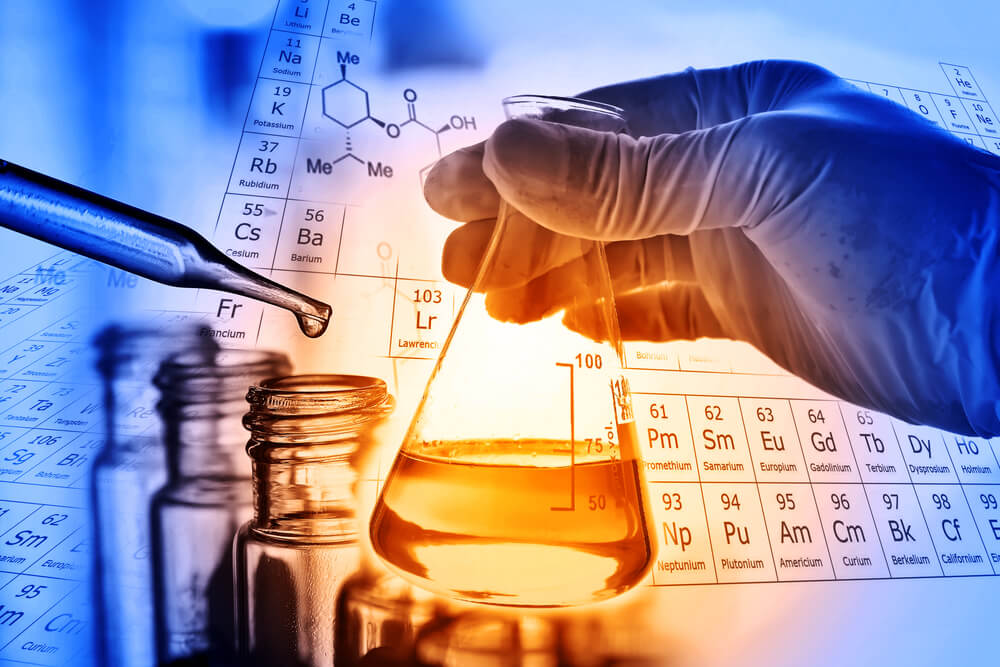Beginning: Chemical burns are usually injuries (severe or basic) to skin tissues, eyes, mouth, or internal organs arising from exposure to corrosive chemicals. Today, humans use chemicals for a variety of purposes in homes, offices, industries, institutions, and other areas. Safety precautions may be followed or thrown to the wind. And while there are standard practices known and engaged in a chemical first aid, its lesser clearer on the next steps.
.png)
For most people who suffer, say, an acid burn, they are unaware of the best way possible to lessen the extent of damage and injury to the skin and body. Whereas it depends on the nature of the chemical involved, there is a need to have basic first aid skills and response actions. So, what matters in chemical first aid? And how can we reduce the extent of damage involved? Let’s find out more below:
Important Points and Actions to Remember in Chemical First Aid.
Different chemicals react differently when they come in contact with live skin tissues. According to the levels of burn and exposure, response should always be swift to reduce the impact and effect on the skin and other bodily organs. As said, different chemicals will have varied reactivity when they come in contact with bodily tissues and organs. However, these are standard responses to avoid or stop an extreme injury (mild or life-threatening).
- Gently run cool water over the burned area (gentle flow, not high water pressure).
- Then apply a cool, wet compress until the pain reduces (that washes off residues of the chemicals on skin tissues).
- Take off contaminated clothing or pieces of jewelry to avoid further contamination and reactivity with skin. Ensure complete freedom from chemical burn sources as much as possible.
- Avoid use of ice or very cold substances directly on burns as it causes further damage to the tissues.
- Ensure the chemically burned skin is clean to avoid infections. Infections worsen the speed of recovery and impair the body’s ability to respond to severe injuries.
- Seek medical attention as soon as possible. Don’t self-medicate in severe exposure cases to avoid using irritating and reactive products. Internal organ damage and failure or cardiac related issues may start from this phenomenon.
- There have been reports of using or non-reactive tropical medication. Use standard medications with your medical practitioner's advice.
- Look for a cool, clean place to wait for medical attention.
- Even if you're in excruciating pain, stay hydrated and relaxed. Don't let pain and fear imagine all the negative scenarios. With the right chemical first aid and chemical burn treatment, you will be fine.
Conclusion: In chemical burns, whether first-degree, second-degree, or third-degree burns, pose different health challenges and complications. However, knowing what chemical you are exposed to and the level of exposure will guide standard procedures in chemical injury first aid. Speed and urgency are of the essence to stop potential serious health and life complications in chemical burn treatment. It's true, even in health matters, that the early bird catches the worm.
For More Info :-
Source URL :- https://sites.google.com/view/chemical-injury-first-aid--/home

No comments:
Post a Comment